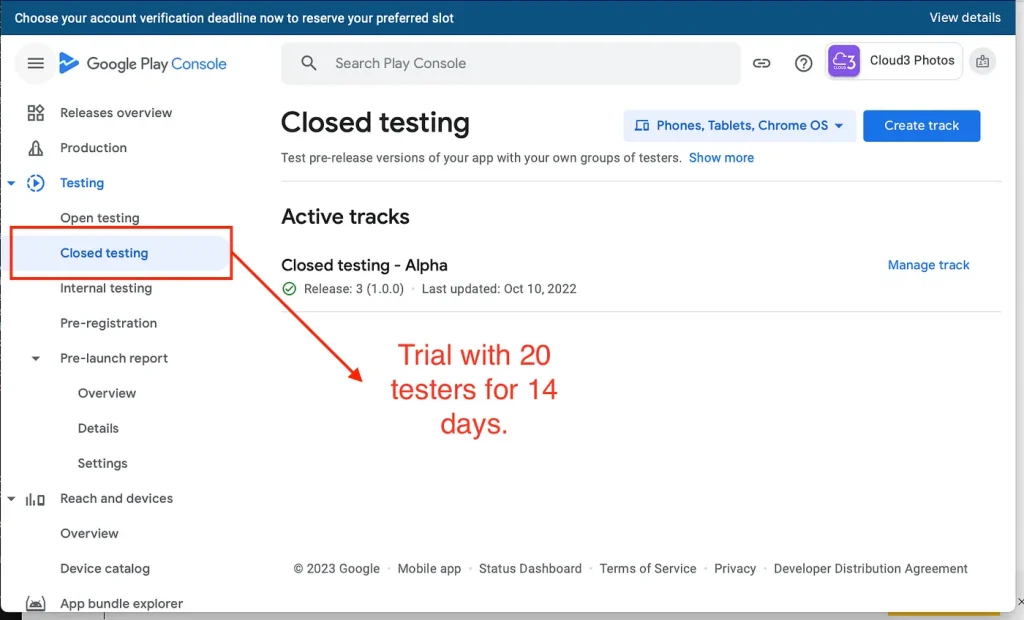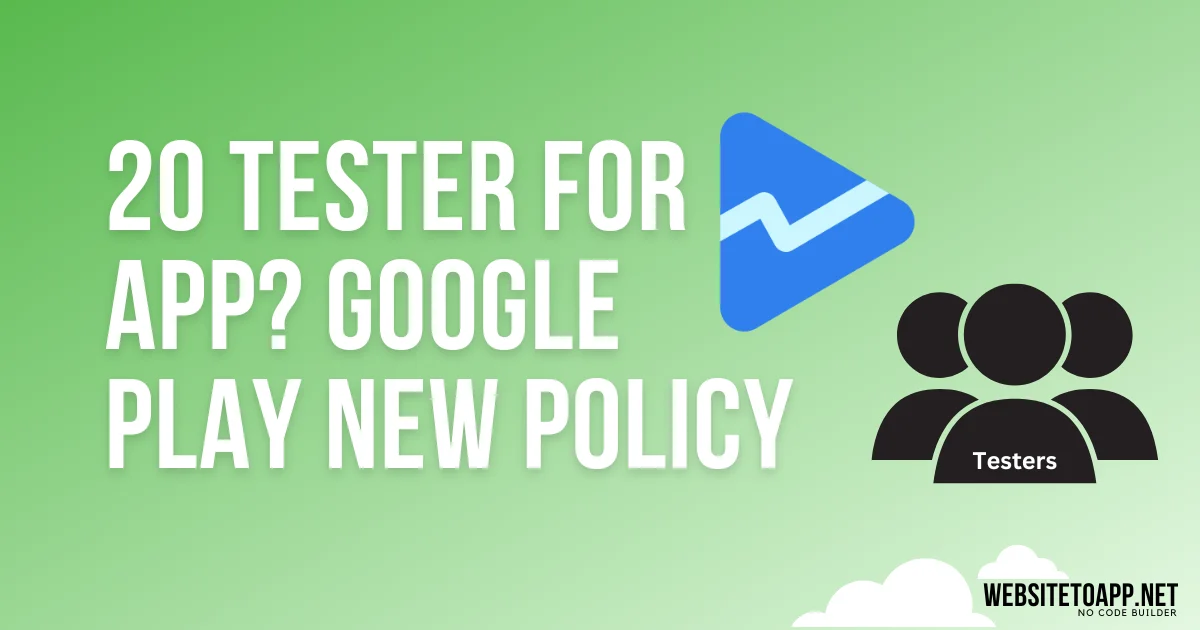Google Play has recently rolled out some controversial changes to its developer console requirements, causing quite a stir in the community. These changes, which have been implemented since November 2023, particularly impact individual developers. In this blog, we will explore the requirements set by Google, provide recommendations on how to gather the necessary testers and discuss potential future developments in this area.
Understanding Google’s Requirements
The new requirements set by Google apply only to new individual developer accounts created after November 13th, 2023. Existing developer accounts and companies are not affected. It’s important to note that these requirements apply to each new application that an individual developer publishes to production.

So, what are these requirements? First and foremost, Google requires that individual developers have a team of at least 20 verified testers who will test the application for a continuous period of 14 days. Each tester must be opted into the testing cycle for the full 14 calendar days. Google Play offers four different test tracks, with closed testing being the track where developers can invite the 20 testers to test the application before it can be promoted to production. Internal testing, which is typically used for early developer builds, cannot be used to fulfill this requirement.
In addition to gathering the testers, developers need to ensure that they receive feedback from these testers. This can be done through various means, such as providing an email address, an online form, or utilizing Google Play’s testing feedback feature. It’s important to note that the feedback provided by testers using Google Play’s testing feedback does not affect the application’s public ratings. Instead, it serves as a means for developers to understand the testers’ thoughts and experiences with the application.
Once the testing and feedback processes are completed, developers can apply for production access. Google will ask a series of questions to gauge the developer’s experience and their understanding of the application’s unique value and target audience. The approval process typically takes around 7 days or less.
Recommendations for Gathering Testers
Gathering 20 testers may seem like a daunting task, especially for individual developers. The following recommendations can help make the process more manageable:
1. Start at the Ideation Phase
Before diving into coding, thoroughly research your app idea. Ask yourself if there are already existing apps that serve the same purpose. If there are, consider how your app can offer unique improvements or cater to a specific audience. Identifying a niche or addressing gaps in existing apps can increase your chances of success.
2. Engage on Social Media
Create social media accounts dedicated to your app and start building a community around it. Platforms like Twitter can be especially effective for developers. Use hashtags like #buildinpublic to share your progress, engage with other developers, and offer value to potential testers and users. Building a fan base early on can help ensure that you have a pool of interested individuals ready to test your app when the time comes.
3. Network with Like-Minded Developers
Connect with other developers who are also building and testing their apps. By networking and mutually supporting each other, you can potentially find testers within this community. However, be mindful of not relying solely on this approach, as it may not provide a sustainable and diverse pool of testers.
4. Leverage Social Media Influencers
Consider reaching out to social media influencers or individuals within your target audience who have a significant following. Engage with their content, offer value through comments, and build relationships. This can potentially lead to mutually beneficial partnerships, where influencers become testers and advocates for your app.
Future Implications and Speculations
While it is difficult to predict the exact future developments in this area, looking at Google’s past patterns can provide some insights. Typically, Google first applies new policies and requirements to new apps and accounts, and then gradually extends them to existing ones. It is possible that in the future, Google may expand these requirements to include existing individual developer accounts or even organizational accounts. However, this is purely speculative.
Maintaining App Quality
Once your app is in production, it is crucial to ensure its quality remains high. Google Play monitors certain metrics related to app stability. As of November 30, 2023, apps should have a crashing rate of 1.09% or less and an application not responding rate of 0.47% or less across all devices. There is also an 8% allowance per phone model, allowing for slight variations in crash rates specific to certain device models. Failing to meet these metrics may result in warnings to users or reduced visibility in search results.
Conclusion
Google’s new requirements for individual developers may initially seem challenging, but with the right approach, they can be navigated successfully. By conducting thorough research on your app idea, building a community, and engaging in social media, you can gather the necessary testers and create a strong foundation for your app’s success. Remember to always adhere to Google’s guidelines and work towards creating high-quality apps that meet users’ needs. Good luck with your app development journey!
